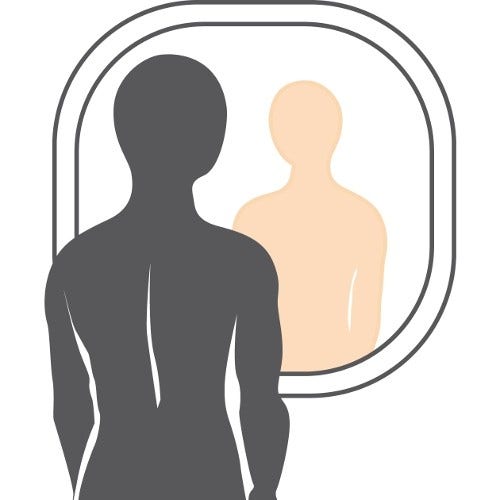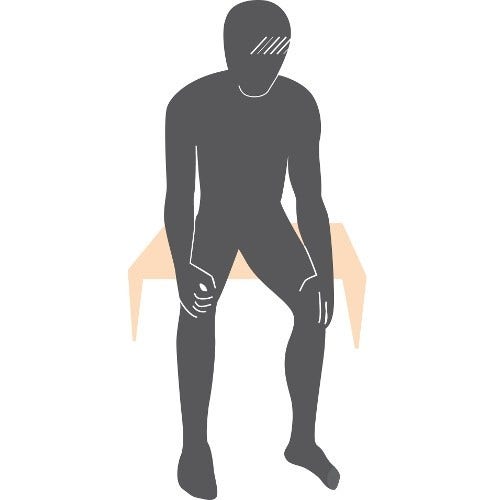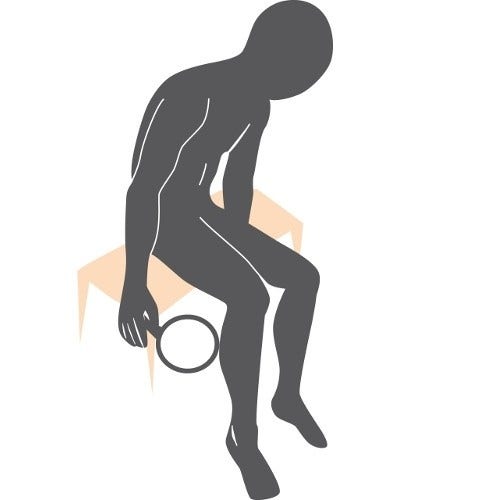- English
- Esta página
- Página inicial
- Arabic (اللغة العربية)
- Chinese (简体中文)
- French (Français)
- Haitian Creole (Kreyòl Ayisyen)
- Hindi (जानकारी)
- Korean (한국어)
- Polish (język polski)
- Portuguese (Português)
- Russian (Русский)
- Spanish (Español)
- Tagalog (Tagalog)
- Ukrainian (Українська)
- Vietnamese (Tiếng Việt)
- All Languages
Español
PDFs by language
Our 24/7 cancer helpline provides information and answers for people dealing with cancer. We can connect you with trained cancer information specialists who will answer questions about a cancer diagnosis and provide guidance and a compassionate ear.
![]()
Chat live online
Select the Live Chat button at the bottom of the page
Our highly trained specialists are available 24/7 via phone and on weekdays can assist through video calls and online chat. We connect patients, caregivers, and family members with essential services and resources at every step of their cancer journey. Ask us how you can get involved and support the fight against cancer. Some of the topics we can assist with include:
- Referrals to patient-related programs or resources
- Donations, website, or event-related assistance
- Tobacco-related topics
- Volunteer opportunities
- Cancer Information
For medical questions, we encourage you to review our information with your doctor.
-
- Common Questions About Causes of Cancer
- Is Cancer Contagious?
- Lifetime Risk of Developing or Dying From Cancer
- How to Interpret News About Cancer Causes
- Determining if Something Is a Carcinogen
- Known and Probable Human Carcinogens
- Cancer Clusters
- Cancer Warning Labels Based on California's Proposition 65
-
- Reasons to Quit Smoking
- Health Benefits of Quitting Smoking Over Time
-
- Making a Plan to Quit and Planning Your Quit Day
- Quitting Smoking or Smokeless Tobacco
- Quitting E-cigarettes
- Nicotine Replacement Therapy to Help You Quit Tobacco
- Dealing with the Mental Part of Tobacco Addiction
- Prescription Medicines to Help You Quit Tobacco
- Ways to Quit Tobacco Without Using Medicines
- Staying Tobacco-free After You Quit
- Help for Cravings and Tough Situations While You're Quitting Tobacco
- How to Help Someone Quit Smoking
- Why People Start Smoking and Why It’s Hard to Stop
- Keeping Your Kids Tobacco-free
- Empowered to Quit
- Harmful Chemicals in Tobacco Products
- Is Any Type of Tobacco Product Safe?
-
- Acrylamide
- Agent Orange
- Antiperspirants
- Arsenic
- Asbestos
- Aspartame
- Benzene
- Cosmetics
- Diesel Exhaust
- Firefighting
- Formaldehyde
- Hair Dyes
- Military Burn Pits
- Recombinant Bovine Growth Hormone
- Perfluorooctanoic Acid (PFOA), Perfluorooctane Sulfonate (PFOS), and Related Chemicals
- Talcum Powder
- Water Fluoridation
How to Do a Skin Self-Exam
You don’t need x-rays or blood tests to find skin cancer early – just your eyes and a mirror. If you have skin cancer, finding it early is the best way to make sure it can be treated successfully.
Although the American Cancer Society does not have guidelines for the early detection of skin cancer, many doctors recommend checking your own skin regularly, typically once a month.
Regular skin self-exams are especially important for people who are at higher risk of skin cancer, such as people with reduced immunity, people who have had skin cancer before, and people with a strong family history of skin cancer. Talk to your doctor about how often you should examine your skin.
A skin self-exam is best done in a well-lit room in front of a full-length mirror. You can use a hand-held mirror to look at areas that are hard to see, such as the backs of your thighs. A spouse, partner, or close friend or family member may be able to help you with these exams, especially for those hard-to-see areas like your back or scalp.
The first time you examine your skin, spend time carefully going over the entire surface. Learn the pattern of moles, blemishes, freckles, and other marks on your skin so that you’ll notice any changes next time. Be sure to show your doctor any areas that concern you.
Follow these step-by-step instructions to examine your skin:
Face the mirror

Check your face, ears, neck, chest, and belly. Women will need to lift their breasts to check the skin underneath.

Check your underarm areas, both sides of your arms, the tops and palms of your hands, in between your fingers, and under your fingernails.
Sit down

Check the front of your thighs, shins, tops of your feet, in between your toes, and under your toenails.

Now use a hand mirror to look at the bottoms of your feet, your calves, and the backs of your thighs, first checking one leg and then the other.

Use the hand mirror to check your buttocks, genital area, lower and upper back, and the back of your neck and ears. Or it may be easier to look at your back in the wall mirror using a hand mirror.

Use a comb or hair dryer to part your hair so that you can check your scalp.
The best time to do a skin self-exam is after a bath or shower. Check any moles, blemishes, or birthmarks from the top of your head to your toes. If you look at your skin regularly, you will know what’s normal for you.
What should I look for?
Not all skin cancers look the same. In fact, skin cancers can show up in many shapes and sizes. Sometimes they might even look like other skin conditions. Many skin cancers are more common on parts of the body that tend to get more sun, such as the face, head, neck, and arms. But skin cancers can occur anywhere on the body.
Some of the more common ways in which skin cancers can appear include:
- A new, expanding, or changing growth, spot, or bump on the skin
- A sore that bleeds and/or doesn’t heal after several weeks
- A rough or scaly red patch, which might crust or bleed
- A wart-like growth
- A mole (or other spot on the skin) that’s new or changing in size, shape, or color
- A mole with an odd shape, irregular borders, or areas of different colors
But it’s important to understand that these are not the only ways skin cancer can appear. To learn more about what skin cancer might look like, see:
- Skin Cancer Image Gallery
- Signs and Symptoms of Basal and Squamous Cell Skin Cancers
- Signs and Symptoms of Melanoma Skin Cancer
- Signs and Symptoms of Merkel Cell Carcinoma
If you find something suspicious on your skin
If you’re looking at your skin (during a skin-self exam or at any other time) and see anything that concerns you, especially something that has just appeared or has changed recently, be sure to have it checked by a doctor.
If the doctor suspects you might have skin cancer, they will do exams and tests to find out. If you can’t see the doctor right away, you might want to take good close-up photos of the area so your doctor can see if the area is changing when you do get an appointment.
Usually the doctor’s first step is to ask about your symptoms, such as when the mark first appeared, if it has changed in appearance, and if it’s painful, itchy, or bleeding. You might also be asked about past exposures to causes of skin cancer (including sunburns and tanning practices) and if you or anyone in your family has had skin cancer. The doctor will then examine your skin, noting the size, shape, color, and texture of the area in question, and if it is bleeding, oozing, or crusting. The rest of your body may be checked for moles and other spots that could be related to skin cancer.
If you're being seen by your primary doctor and skin cancer is suspected, you may be referred to a dermatologist, a doctor who specializes in skin diseases, who might use special tools to look at the area more closely.
If the doctor thinks that a suspicious area might be skin cancer, a sample of skin from that area will be removed and looked at under a microscope. This is called a skin biopsy. There are many ways to do a skin biopsy. The doctor will choose one based on the suspected type of skin cancer, where it is on your body, the size of the affected area, and other factors. For more detailed information on skin biopsies, see Tests for Melanoma Skin Cancer or Tests for Basal and Squamous Cell Skin Cancer.
- Written by
- References

The American Cancer Society medical and editorial content team
Our team is made up of doctors and oncology certified nurses with deep knowledge of cancer care as well as journalists, editors, and translators with extensive experience in medical writing.
Christensen SR, Wilson LD, Leffell DJ. Chapter 90: Cancer of the Skin. In: DeVita VT, Lawrence TS, Rosenberg SA, eds. DeVita, Hellman, and Rosenberg’s Cancer: Principles and Practice of Oncology. 11th ed. Philadelphia, Pa: Lippincott Williams & Wilkins; 2019.
Xu YG, Aylward JL, Swanson AM, et al. Chapter 67: Nonmelanoma Skin Cancers. In: Niederhuber JE, Armitage JO, Doroshow JH, Kastan MB, Tepper JE, eds. Abeloff’s Clinical Oncology. 6th ed. Philadelphia, Pa: Elsevier; 2020.
Last Revised: July 23, 2019
American Cancer Society medical information is copyrighted material. For reprint requests, please see our Content Usage Policy.
Our lifesaving work is made possible thanks to generous supporters like you.
Donate now so we can continue to provide access to critical cancer information, resources, and support to improve lives of people with cancer and their families.


